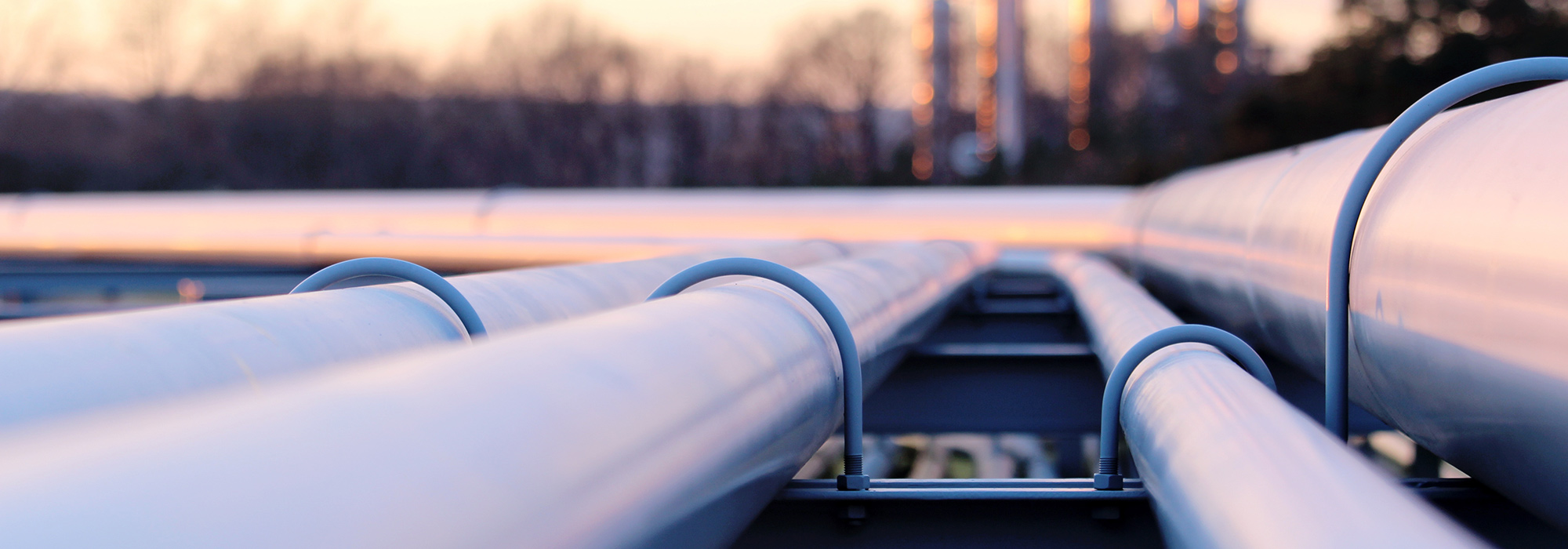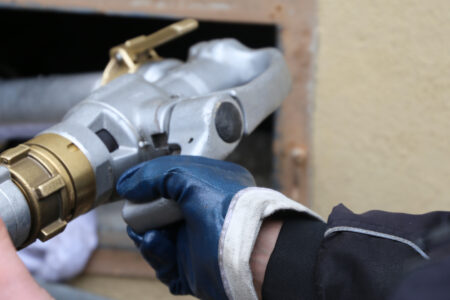
A new year is supposed to be a time for change. New attitudes and goals are chased in the spirit of starting anew. Personal resolutions seek to put behind us the bad habits and ruts of the past year. It should be — in theory, anyway — a fresh start.
But in Canada’s energy industry, the New Year will be anything but a fresh start. In fact, old themes raised in 2011 are destined to punctuate the boardroom discussions of Calgary’s oil giants. And the main topic? Pipelines.
Last year, Canada received an abrupt slap to the face when the US federal government decided to « delay” the approval of the Keystone XL pipeline, a giant project that sought to move Alberta’s bitumen to the American Gulf Coast refineries. In the past, pipeline construction was reasonably straightforward. Sure there was some paperwork and some hearings, but that was a formality. It was always simply assumed that the pipeline would be approved. Right up to a month prior to Barack Obama slamming the brakes on the project last year, Ottawa was dismissing the hullabaloo south of the border. It was a « no brainer” in the mind of the federal Tories.
But it turned out to be not nearly as straightforward as Canada had thought. Environmental opposition proved formidable, and the rallies near the White House were larger than anything seen before on something as previously mundane as a pipeline. Robert Redford and Julia Louis-Dreyfus — who apparently are « experts” on the science of greenhouse gases and Alberta’s oil sands — weighed into the debate and rallied the Twitter-sphere. Painted into a political corner, President Obama capitulated.
This year, attention has turned to Enbridge’s Northern Gateway pipeline project, a $5.5-billion pipeline planned to take Alberta’s bitumen to Kitimat, BC, where it would be loaded onto oil tankers and shipped to China. This project runs entirely through Canadian sovereign territory, so it was thought that it would proceed more smoothly than Keystone.
Hardly. The National Energy Board has just barely commenced hearings on the project, and it is turning into a bitterly divisive subject. On the one hand, Alberta’s pro-energy enthusiasts are demanding that the project be built. Canada desperately needs to diversify its export markets, and the economy is still somewhat weak. But the environmental interests — bolstered by their perceived win on Keystone — are putting up a vigorous battle. Their fears are that possible pipeline ruptures, oil tank spills and the oil sands in general pose unacceptable environmental risks. Images of the 2010 Gulf Coast oil disaster and the Michigan pipeline leak come to mind.
For its part, the federal government is squarely on the side of Enbridge and is not the least bit veiled in its support of the project. Comparisons are made to the big, visionary projects that built Canada’s modern economy: the St. Lawrence Seaway, the Canadian Pacific Railway and the hydro dams of northern Quebec. The feds call it « a matter of national interest” — but what exactly that means remains poorly defined.
A few months ago, The Economist magazine ran a story that questioned whether the enormous infrastructure projects of the 20th century — they spoke particularly about the Hoover Dam in the United States — could even be built today. Their conclusion: no. For better or worse, the number of hearings, assessments and special interests that have to be accommodated in the 21st century have made these projects more or less impossible, either for private industry or for the government.
That prospect puts Canada — and Alberta particularly — in a difficult spot when we think about ourselves as a global energy player. Without the Keystone and Northern Gateway pipelines, bitumen from the oil sands will soon hit a capacity ceiling through the existing pipelines. That means companies with plans for the billions of dollars of new projects in the coming decade may have second thoughts. Why invest in new projects if we can’t get the oil to markets?
Of course, there is nothing close to an agreement on this, not even within Alberta (the province with by far the most at stake). People realize, of course, the economic implications of denying pipeline approvals. It would represent tens of billions of dollars of foregone GDP, employment and provincial government royalties. Funding for hospitals and schools could suffer. But there are also those who argue that there is more to this world than GDP. Once an oil spill happens, it can’t be undone. And for these folks, reassurances by Enbridge that the risk of an environmental disaster is extremely remote is not good enough. The only chance to guarantee there will never be a spill is to not build a pipeline. Period.
2012 is going to be an interesting year!
Photo: Shutterstock








